In 1841, Jesuit missionaries, led by Pierre-Jean DeSmet, established the St. Mary’s Mission among the Flathead Indians (also known as the Bitterroot Salish) in present-day Stevensville, Montana. The Mission was established at the request of the Flatheads who had heard about the power of the Blackrobes (the Indian term for the Jesuits) from Iroquois trappers sent into the area by the Canadian fur companies.
According to Indian agent Peter Ronan, in his 1890 book History of the Flathead Indians:
“On the 3d day of December, 1841, about one-third of the Flathead tribe were baptized into the Catholic faith, and the others who were under religious instructions were received into the fold on Christmas day of that same year.”
In his book Charlo’s People: The Flathead Tribe, Adolf Hungry Wolf reports:
“But after all their efforts to learn about the Catholic religion, the Flatheads were soon discouraged by the attitudes of the priests. The People wanted to add Catholicism to their own Ways of Life—not to exchange their Ways for the ways that the priests demanded.”
(See also Indians 201: Christianity Comes to the Flathead Indians)
In 1850, the Jesuits closed St. Mary’s Mission and sold the property to a local trader who turned it into Fort Owen which served as a trading post for the Bitterroot Valley. In 1866, the Jesuits returned to restore the St. Mary’s Mission.
Since 1988 the Historic St. Mary’s Mission Complex in Stevensville, Montana has been administered by a non-profit organization as an educational experience for students, historians, travelers, and others. The Complex is listed in the National Register of Historic Places. Shown below are some of the displays in the Historic St. Mary Mission Museum.

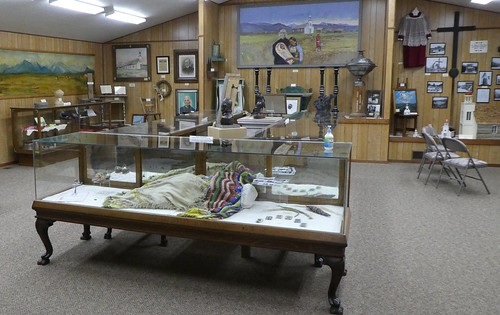
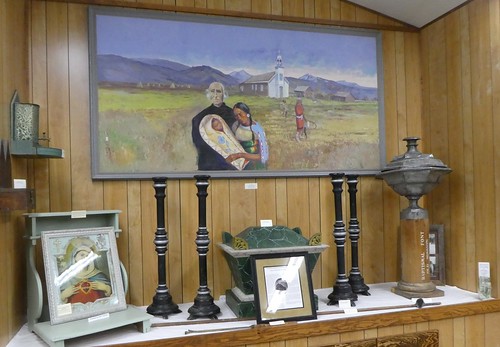

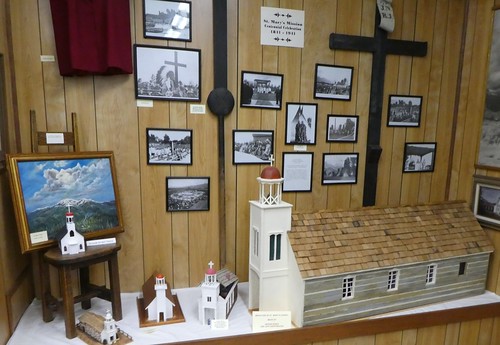


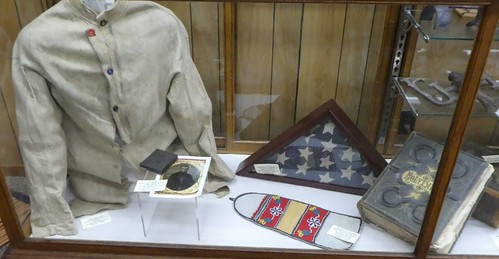

 Shown above are some trade blankets.
Shown above are some trade blankets.
 Shown above is a deerskin coat.
Shown above is a deerskin coat.

 Shown above is a chair made by Father Ravalli.
Shown above is a chair made by Father Ravalli.
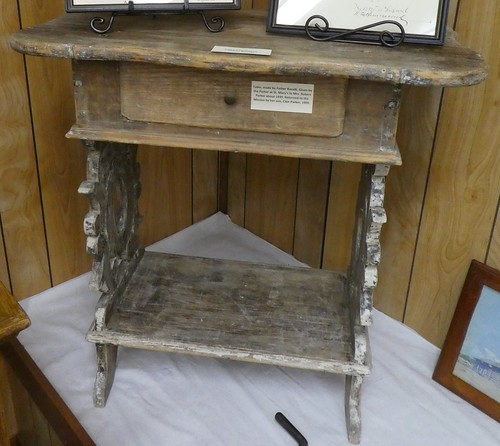 Shown above is a table made by Father Ravalli.
Shown above is a table made by Father Ravalli.
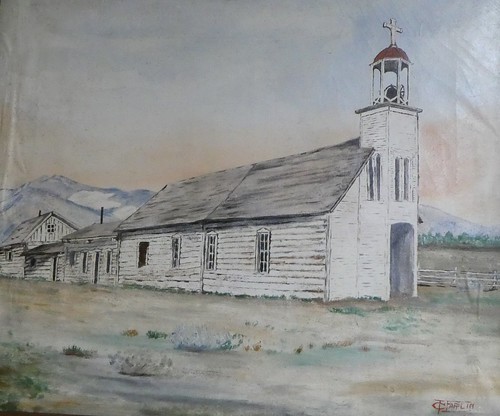 Shown above is the St. Mary’s Mission Chapel and Residence, 1915 oil painting on a flour sack by C.T. (Tex) Farlin.
Shown above is the St. Mary’s Mission Chapel and Residence, 1915 oil painting on a flour sack by C.T. (Tex) Farlin.

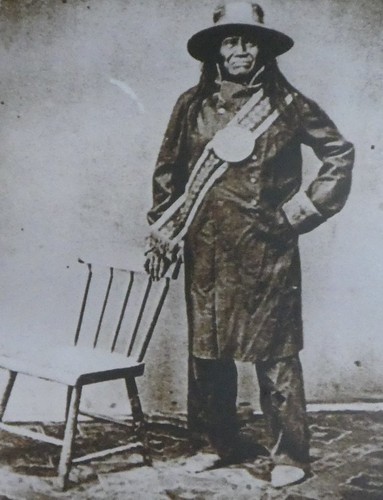 Shown above is Chief Victor (1790-1870) who served as the Salish chief from 1841 to 1870.
Shown above is Chief Victor (1790-1870) who served as the Salish chief from 1841 to 1870.
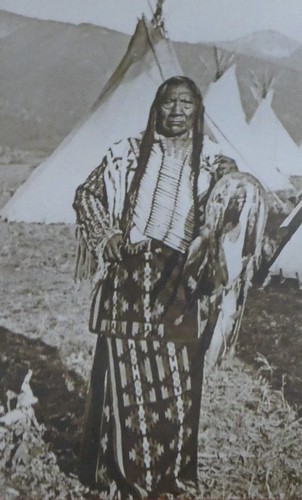 Shown above is Chief Charlo (1830-1910) who served as the Salish chief from 1870 to 1910.
Shown above is Chief Charlo (1830-1910) who served as the Salish chief from 1870 to 1910.
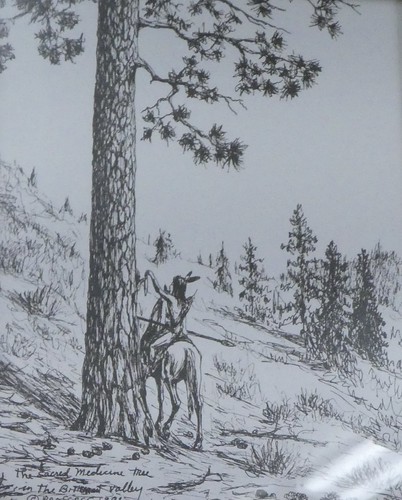 Shown above is the Sacred Medicine Tree.
Shown above is the Sacred Medicine Tree.
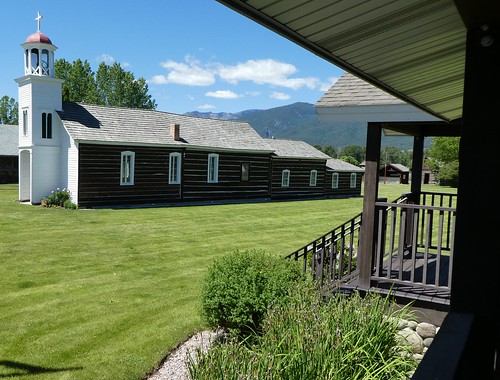 Shown above is the Chapel as seen from the Museum’s porch.
Shown above is the Chapel as seen from the Museum’s porch.
Museums 101
Museums 101: An Overview of the Orkney Museum (Photo Diary)
Museums 101: The Moses Lake Museum (photo diary)
Museums 101: Missoula Art Museum (photo diary)
Museums 101: The Franklin County Historical Society and Museum (Photo Diary)
Museums 101: The Presby House Museum (Photo Diary)
Museums 101: Wasco County Historical Museum (Photo Diary)
Museums 101: The Powell County Museum (Photo Diary)
Museums 101: The Mineral Museum (Photo Diary)


